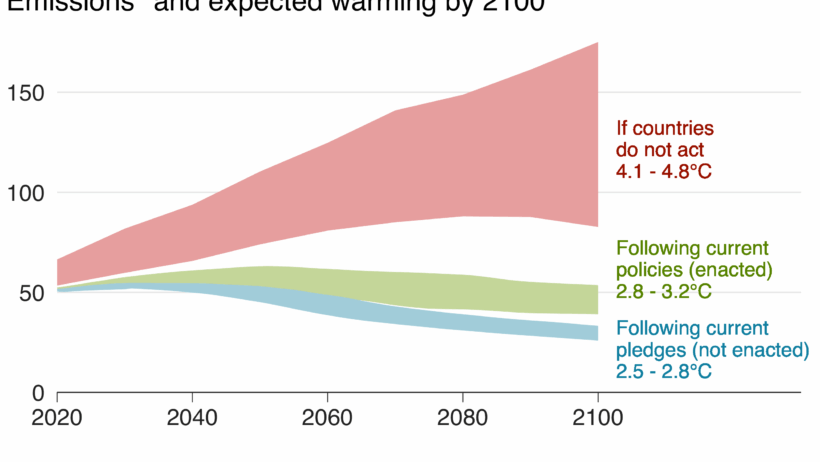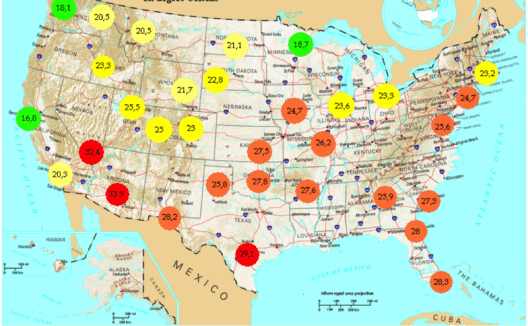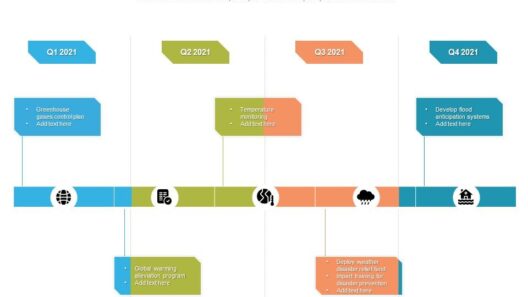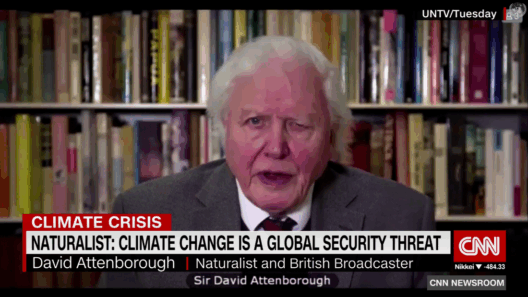As the Earth’s fever rises, we find ourselves at a perilous crossroads—caught between an insatiable thirst for progress and the irrefutable reality that our planet is bearing the weight of our choices. Global warming, a term often heard but rarely fully understood, is not merely an environmental issue; it is a colossal challenge that reverberates throughout every aspect of our lives. This extraordinary phenomenon is akin to a relentless furnace stoked by human activity, where the increasing concentrations of greenhouse gases act as a thickening blanket, ensnaring heat and shifting climatic patterns in a myriad of unnerving ways.
The linchpin of global warming lies in the greenhouse effect, an ostensible natural process that has allowed our planet to thrive. However, the subsequent onslaught of anthropogenic factors—such as deforestation, fossil fuel combustion, and industrial emissions—has exacerbated this effect to alarming unprecedented levels. Carbon dioxide, methane, and nitrous oxide have burgeoned in our atmosphere, creating an impenetrable shield that has turned our world into an overheated incubator.
Glaciers, once majestic fortresses of ice, now weep and retreat as if mourning a loss they cannot articulate. The Arctic regions, familiar to many as the Earth’s refrigerator, are undergoing an alarming thaw. This shift not only contributes to rising sea levels but also disrupts the delicate interplay of ecosystems reliant on these icy bastions. The tale of the polar bear—a species emblematic of existential threats—serves as a poignant reminder of what is at stake. With habitat loss and dwindling prey, these magnificent creatures are metaphorically and literally trapped in a melting world.
On the flip side of the globe, tropical regions grapple with their own harsh realities. The escalating temperatures have intensified hurricanes, droughts, and floods—catastrophes that now feature prominently in news cycles. Just as a fever can leave a body vulnerable, so too does global warming lay bare the fragility of human infrastructure and natural systems. Coastal cities are increasingly bracing themselves for rising tides, and with them comes the threat of devastation to communities that have stood for generations. The destructive power of these events cannot be overstated; they catalyze economic ruin, displace families, and foment social discord.
Consider the phenomenon of food security. As weather patterns grow increasingly erratic, crop yields become as unpredictable as the climate itself. Famines and food shortages loom like dark clouds on the horizon. Where once agricultural practices thrived, they now falter under the pressure of unyielding droughts or torrential deluges. The interdependence of ecosystems highlights how one disruption can trigger a domino effect, leaving entire populations vulnerable to hunger and malnutrition.
Moreover, the ripple effects of global warming extend beyond ecological concerns. They seep into the very fabric of our societies and economies. Climate migration stands to become one of the most pressing humanitarian crises of the 21st century. As rising waters swallow land and resources diminish, communities will be forced to abandon their homes, seeking refuge in unfamiliar territories. This migration does not simply challenge the concept of borders—it confronts national resilience at a foundational level, often leading to xenophobia and conflict.
The metaphor of a fever becomes even more poignant when exploring the psychological ramifications of climate change. The phenomenon of eco-anxiety is growing, emerging as a silent yet pervasive ailment affecting countless individuals. The knowledge of impending environmental doom breeds a collective disquiet, casting a long shadow over the hopes and aspirations of future generations. In a world where pollution clouds the sun and the equity of existence hangs in the balance, despair can feel as palpable as reality.
Yet, amid this stark narrative, there exists a glimmer of hope. The rising global consciousness surrounding climate change is reminiscent of the healing process that often follows a fever. Activism burgeons, fueled by a populace that refuses to remain passive. Grassroots movements have ignited discussions, leading to tangible policy changes and initiatives aimed at reducing carbon footprints. The youth—armed with fervor and innovation—have emerged as staunch advocates for a sustainable future. They are demanding accountability from leaders and institutions, igniting a revolution that can no longer be ignored.
Transitioning to sustainable practices is not merely an obligation; it is an opportunity to forge a legacy. The adoption of renewable energy sources like wind, solar, and hydropower offers a path toward an electrifying future unshackled from fossil fuel dependency. Furthermore, preservation efforts aimed at reforestation and ecosystem restoration serve dual purposes of sequestering carbon while enriching biodiversity.
Each small action can catalyze monumental shifts. Simple choices—whether it be reducing plastic usage, opting for sustainable transport, or supporting ethical consumption—bear collective weight. It is imperative to remember that each individual has a role to play, and every decision holds significance in the grand tapestry of change.
As we navigate the tumultuous landscape of global warming, we must embrace a multifaceted perspective. Understanding the complexities of climate change necessitates recognizing our interconnectedness with the planet. It is a vivid reminder that we are stewards, not just inhabitants, of this Earth. We have the capacity to instigate healing, transform our narratives, and cultivate resilience. The planet’s fever can be tempered, but it requires collective action. The time is now to rise, for the healing of our world rests in our hands.








